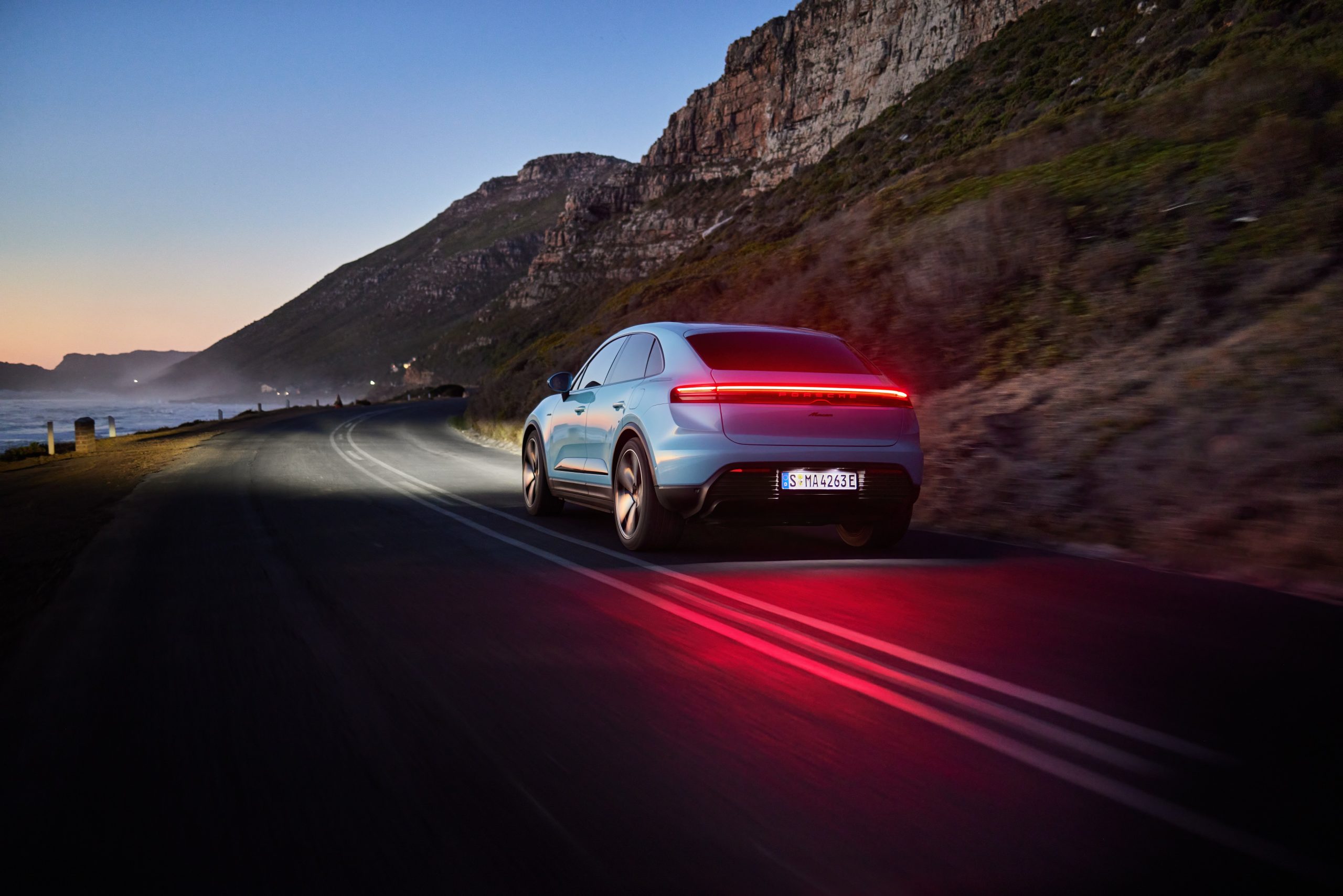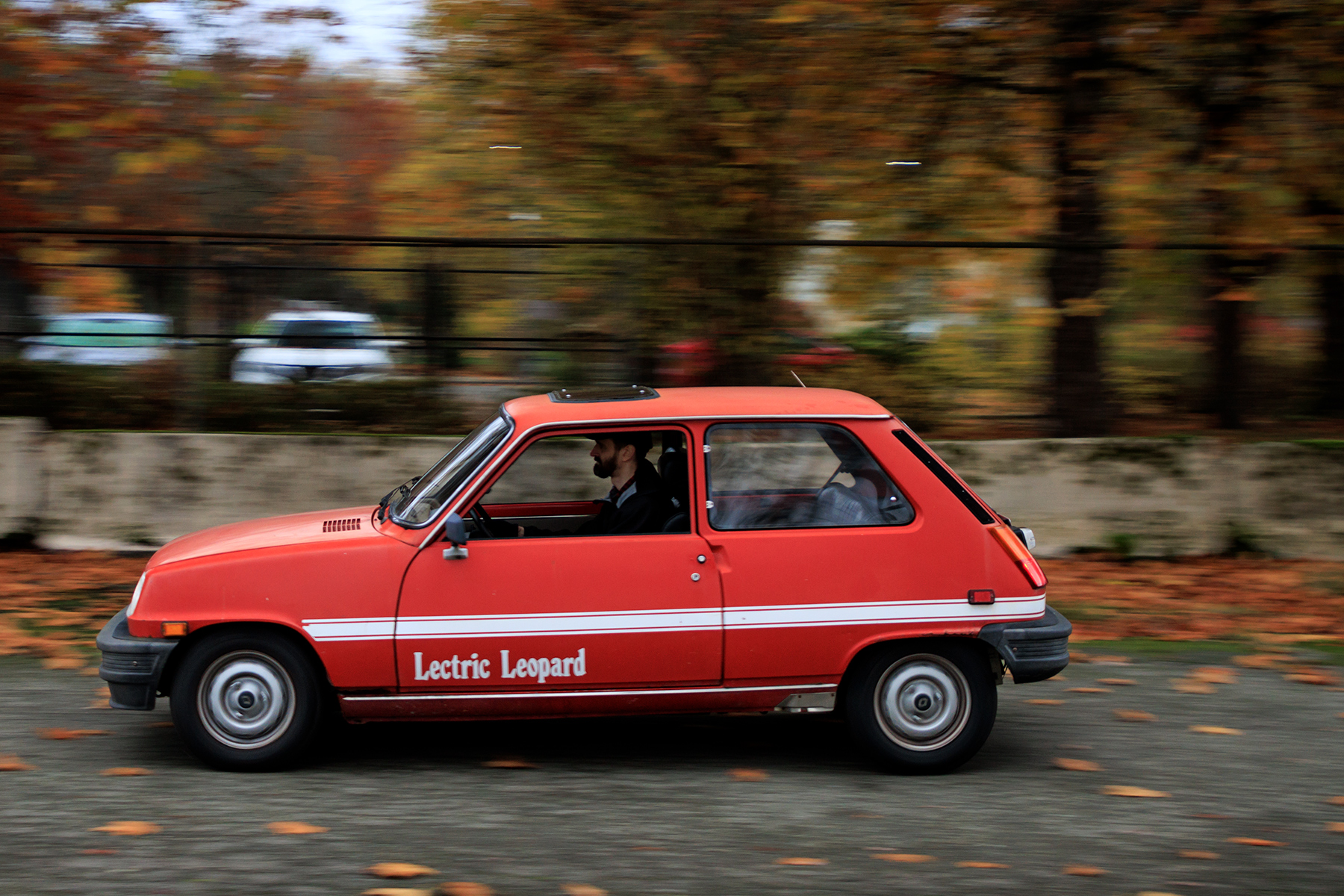We’ve had some experience with electric Minis in the last year or two, notably those converted by Electrogenic, and the official Mini-branded Mini Recharged – both of which kept many of the Mini virtues while offering the response, cleanliness and quietude of electric propulsion.
The Mini Electric, electric counterpart to models like the Cooper S in Mini’s modern-day range, is a car that keeps many of the Mini’s virtues while offering the response, cleanliness, and quietude of electric propulsion. Funny, that.
It’s a valid comparison though because like those classic Minis but unlike, say, the MG4 we drove recently, the Mini E (as we’ll refer to it from now on) wasn’t devised as an electric model from the start, even if its designers might have had the powertrain in mind when this generation was on the drawing board. It’s effectively a combustion car converted, to factory standard we should add, into a rival for the likes of the Renault Zoe and Honda E.
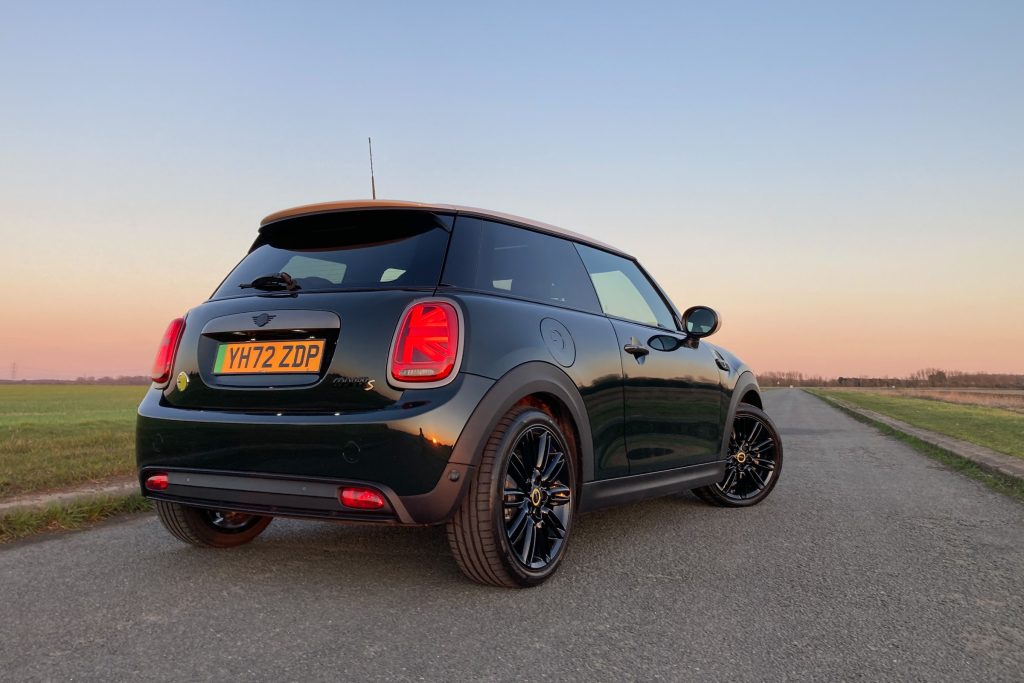
That brings with it benefits and negatives. In the former column, we have that the Mini, despite its bloat compared to previous generations, is still among the smallest cars in its class, and among the most fun too. EVs haven’t exactly cultivated a reputation for driving fun, unless going rapidly in a straight line is all you ask for from a car, but basing one on one of the best-driving superminis gives it an immediate head start, while the compact size (and good visibility) makes boring everyday stuff like navigating town traffic, or parking, a doddle.
The downside of a small platform not designed for electric power from the outset is limited space for batteries. Everything associated with electric power has had to find room within a structure designed for an engine, gearbox, fuel tank and exhaust, though Mini has subtly raised the car’s ride height and lowered the sills to hide the battery under the floor, where it tends to reside in most purpose-built EVs.
Limited space for batteries though ultimately means limited storage, and the Mini E’s 32.6kWh pack, 28.9kWh of which is usable, is only marginally greater than that fitted to something like the original Nissan Leaf a decade ago. Technology and efficiency have improved since then but the net result is an official range of just over 140 miles, considerably less than a Zoe or Fiat 500E.
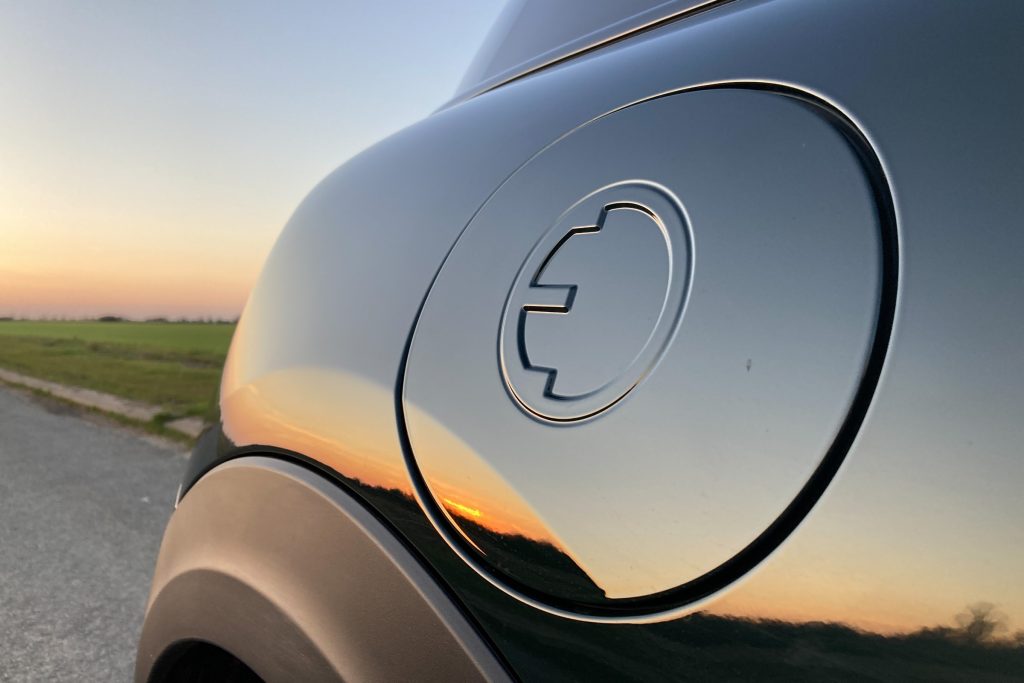
Realistically you’ll get even less: a full charge on our test car – in special edition Resolute trim, which I’ll get to later – showed just over 100 miles, with ambient temperatures around 10C, and with mixed town, dual-carriageway (limiting speed to 65mph), and country road driving. If that sounds low, the E is at least efficient, showing around 3.5 miles per kilowatt-hour most of the time; anything close to 4mi/kWh is considered excellent by most EV users. With no access to home charging, a couple of 50-mile bumps at the local public fast charger took around 30 minutes a pop.
But that’s the range stuff out of the way, and if you’re not deterred by it – it would, as people often say, be fine for those who only ever do local trips, and better still if you have a driveway and home charging – then there are still those typical Mini qualities to be found.
This Resolute special edition has a distinctive look, with its Rebel Green (basically British Racing Green) paintwork, Pepper White roof, particularly stripy stripes both inside and out, and some bronze elements also found inside and out. It’d look even more distinctive if this car hadn’t been specified with plain black leather to replace the Resolute’s vibrant chequered cloth and had the Mini E’s plug-style four-spoke alloys swapped for some unremarkable-looking black multi-spokers. Pricing for the Resolute Electric starts at just over £35k – par for the class, but stiff money compared to that larger, longer-range MG4.
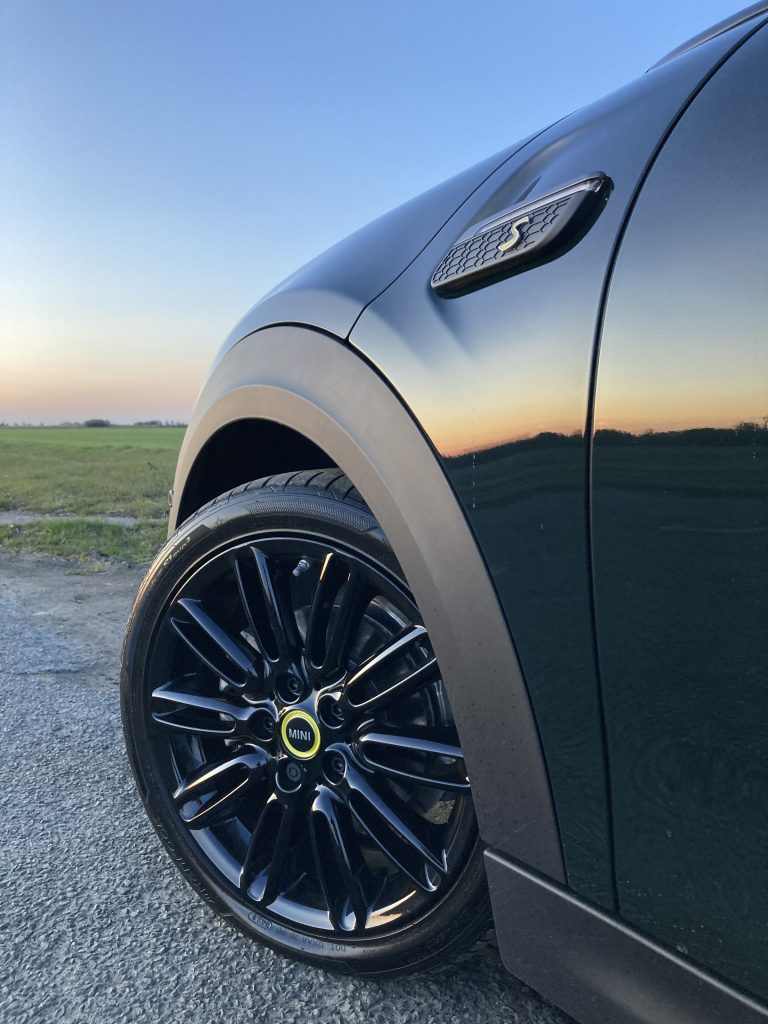
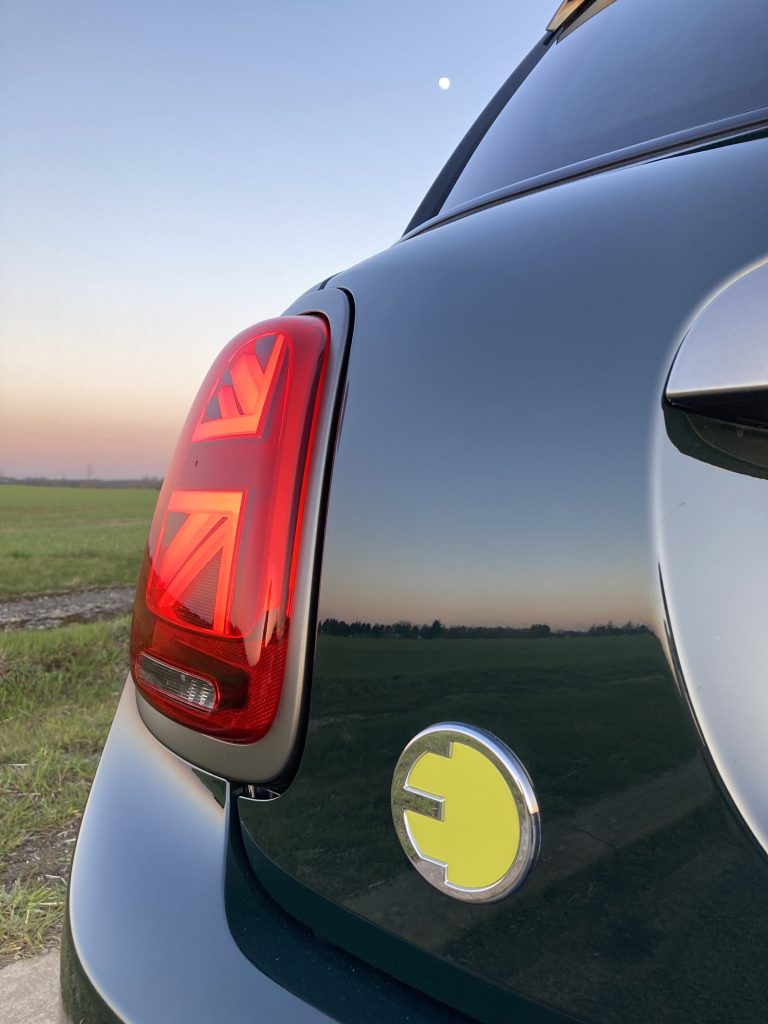
Minis still somehow look special though, despite them being everywhere, and the cabin remains one of the better efforts in this class. If you find the design a bit twee, at least know that the quality, the feel and operation of switchgear, driving position adjustability, and the infotainment are all among the best you’ll find in a car this size.
As is the way it drives. The default regenerative braking mode feels like it’s been calibrated for those folks who rush up to junctions or roundabouts and then brake at the last minute, but you can flip one of the chrome toggle switches near the starter to take some of the severity out of it. Nearby is another for the Green and Sport modes, but since the former makes the Mini feel slovenly and the latter’s most prominent effect is unnecessary extra steering weight, the middle-ground “Mid” was my mode of choice for most of the week.
With a 0-60 in the early 7s and just over 180bhp on tap, performance feels similar to the petrol Cooper S. More than enough to have fun with on a country road, though having spent the best part of 10,000 miles with one of those a few years back, I don’t think the Electric has quite the agility or liveliness of its petrol equivalent. Turn-in is a little slower, the steering a little less crisp and a touch leaden, body movements hang for a fraction longer, and the brakes, slightly spongy per the electric car norm, need more of a squeeze to bring your speed down.
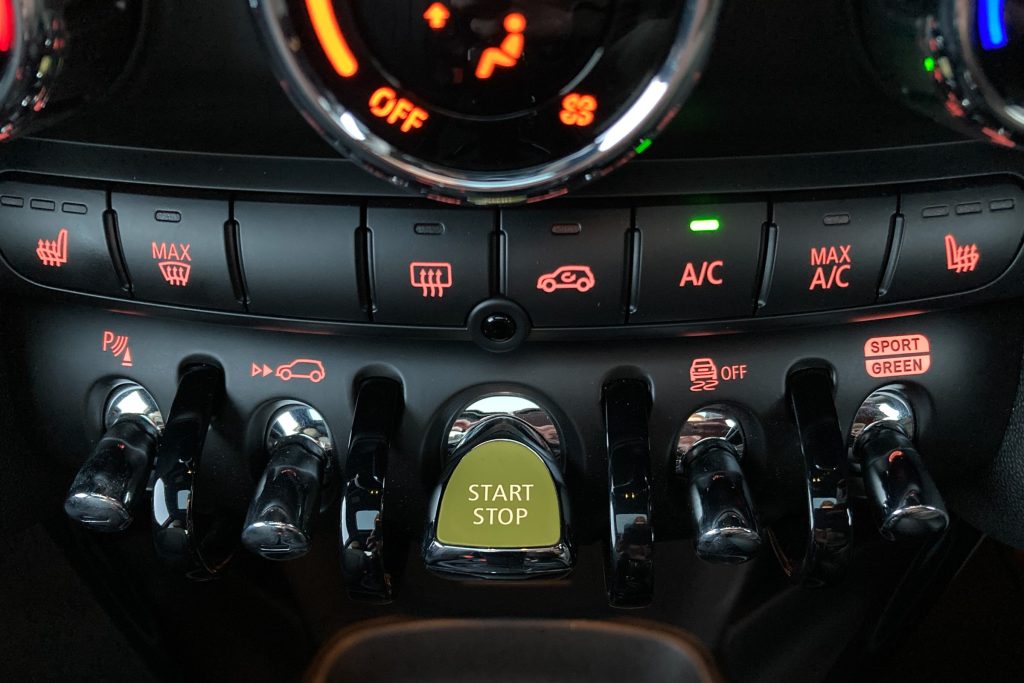
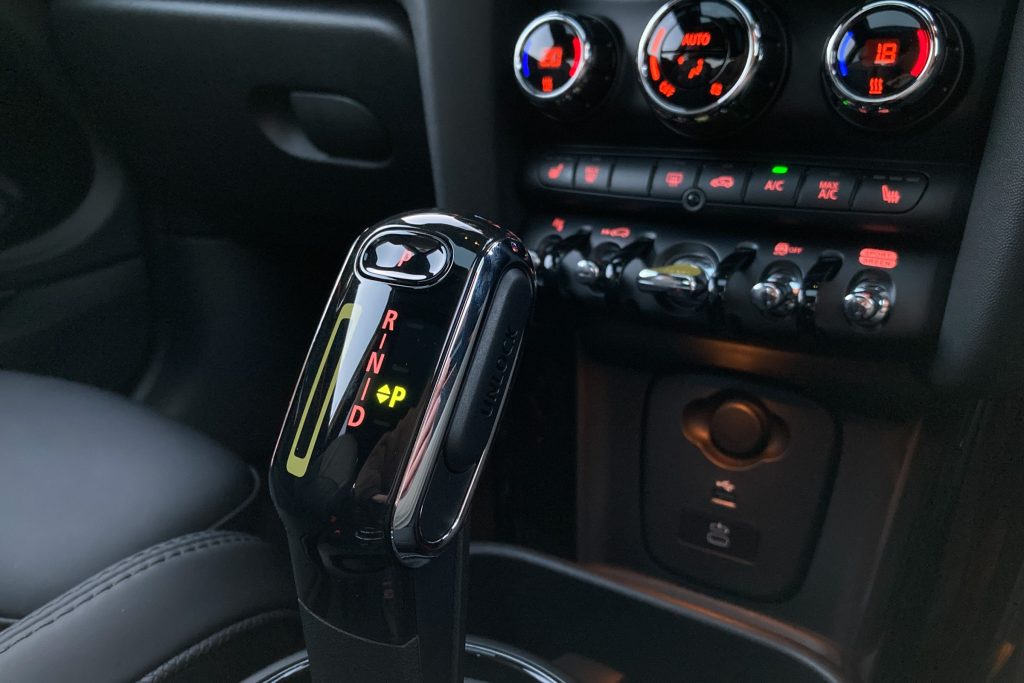
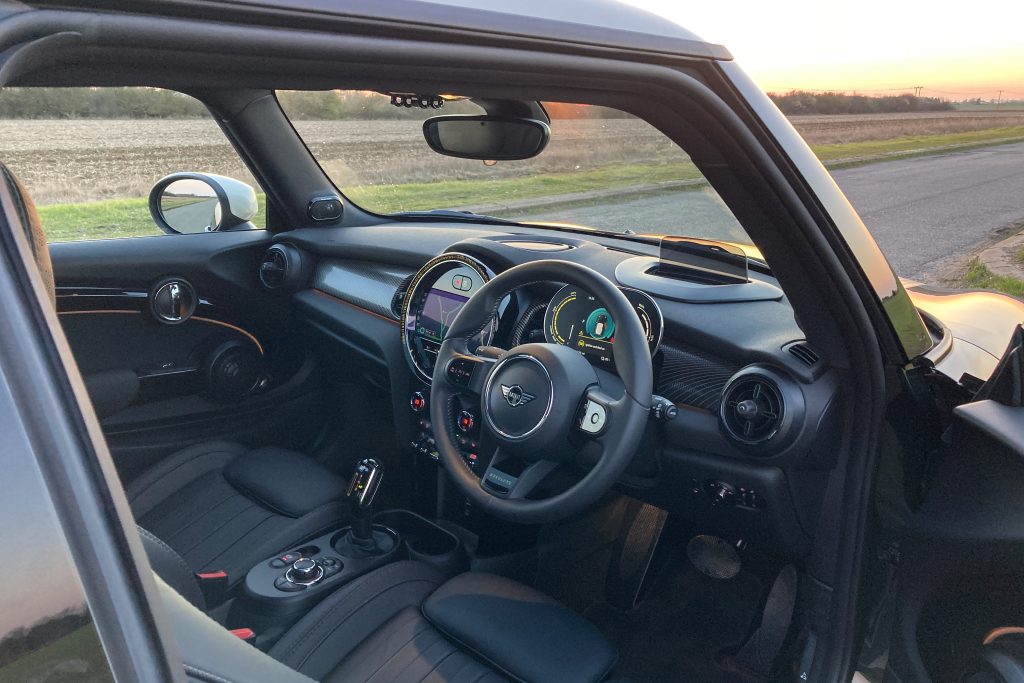
That’s with quite a critical, former-Mini-driver eye though. Hop in after most other superminis and certainly many other EVs and it’s great, feeling responsive, agile and quick, and while you might consider the occasional tug at the steering and spinning inside tyre in a tight turn a little uncouth, that surely fits the Mini’s ethos. The traction control is otherwise very good too – floor it away from a stop and there’s very little front-wheel fuss as you scoot up to speed, typically leaving most combustion cars far behind.
The extra weight seems to have brought a small benefit in ride quality too. Minis, even the BMW-era ones, have always been a little bouncy, but the Electric seems less afflicted. The stiff structure and good build quality seem to shrug off ever-worsening road surfaces too – you’ll feel bumps, but the cabin plastics don’t protest in rattling and squeaking symphony.
All of which leaves that so-so range as the only real disappointment, particularly given this is an EV you’d really want to spend good time with. Electric power makes it perfectly suited to a life of short trips but the design, quality, and driving experience all encourage longer ones. Thankfully, you can still buy combustion Minis with all these qualities (including fancy Resolute trim) for a little while longer.
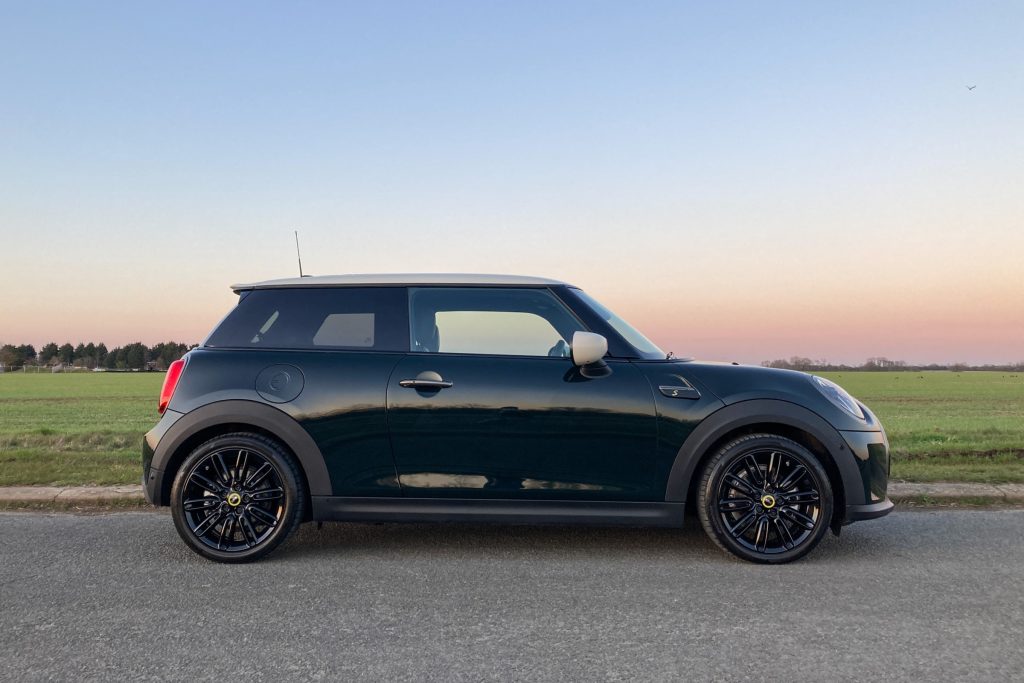
2023 Mini Electric Resolute specification
Price: £35,050
Engine: Electric motor
Gearbox: Single speed, front-wheel drive
Power: 181bhp
Torque: 199lb ft
Weight: 1365kg
Range: 142 miles (WLTP combined)
0-62mph: 7.3sec
Top speed: 93mph (limited)
Check out the Hagerty Media homepage for daily news, features, interviews and buying guides, or better still, bookmark it.

